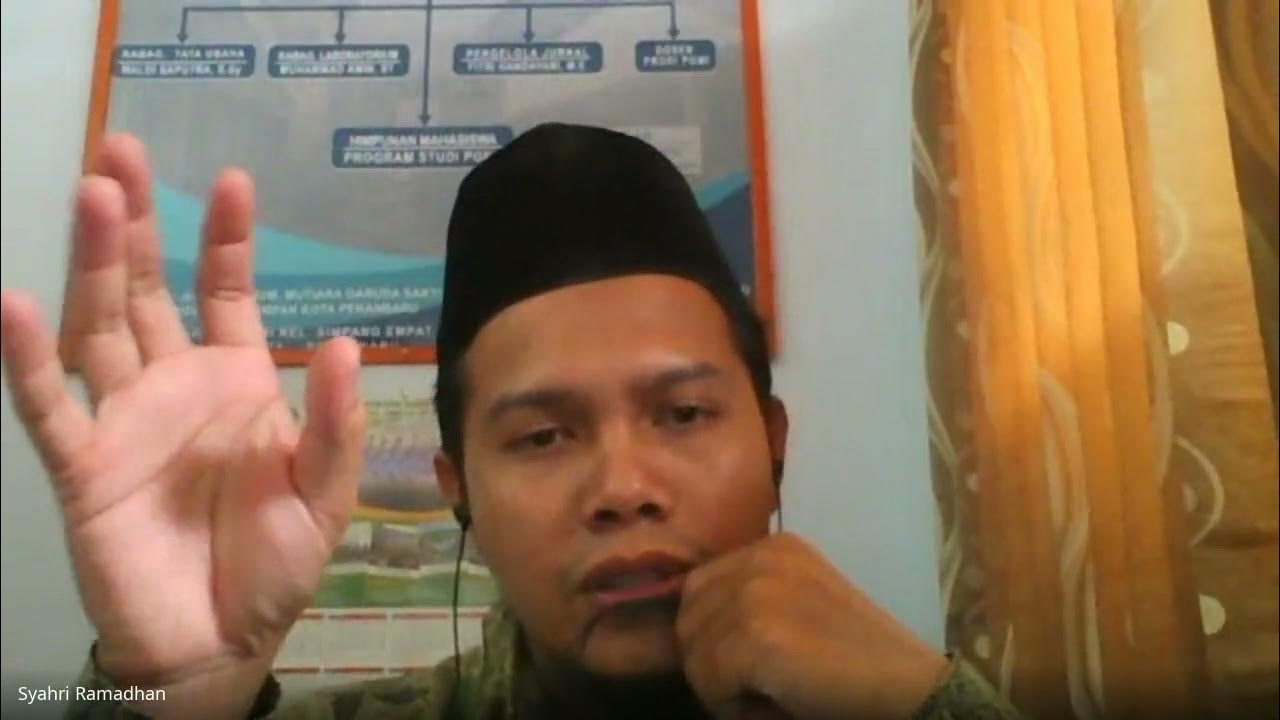How might I start a counseling session with a child? | Ask the Counselor series from CCEF
Summary
TLDRThis transcript details a professional's approach to the initial session with a child, emphasizing the importance of understanding the child's age, development, and comfort levels. The professional prepares by speaking with parents and planning activities like card games and coloring to foster dialogue and gather insights into the child's world view. The goal is to engage the child in a non-threatening manner, using expressive activities that serve both as fun and as a means to collect data about their perceptions and emotions.
Takeaways
- 🧩 The initial session with a child involves assessing their age, development, and attention span to determine the session's length and approach.
- 🗣️ Communication with parents beforehand is crucial to understand the child's situation, strengths, weaknesses, and comfort levels.
- 🎲 The therapist prepares multiple activities, such as 'get to know you' games and card games, to facilitate dialogue and make the child feel at ease.
- 🤔 The goal is to understand the child's perspective on their world, family, and situation through non-threatening and comfortable interactions.
- 🎨 Expressive activities like coloring are used to gather information about the child's feelings and perceptions in a fun and engaging way.
- 🔍 The therapist has specific questions in mind but introduces them casually to avoid making the child feel threatened.
- 📝 Data collection is an important aspect, with activities designed to reveal how the child sees their world.
- 🌈 The therapist may ask the child to associate emotions with colors to understand their emotional landscape.
- 💡 Flexibility is key; the therapist is prepared to adapt the session based on the child's reactions and preferences.
- 🚫 Resistance or shyness from the child may lead the therapist to switch to a different activity, like a game, to build rapport.
- 🔑 Having a clear intention of what to understand about the child while being adaptable to their needs is central to the session's success.
Q & A
What is the primary focus of the first session with a child?
-The primary focus is to understand the child's age, development, and ability to engage in conversation for a certain period, which can vary from half an hour to an hour.
Why is it important to communicate with the parents before meeting the child?
-It is important to communicate with the parents to gain a good understanding of the child's situation, strengths, weaknesses, and comfort levels before the session.
What are some activities that can be used to initiate a dialogue with a child?
-Activities such as 'get to know you' games, card games with questions, and coloring can be used to initiate a non-threatening and comfortable dialogue with a child.
How can playing games help in understanding a child's perspective?
-Playing games allows the child to open up and share their thoughts and feelings in a relaxed environment, providing insights into how they see their world and their situation.
What is the purpose of having multiple activities planned for the session?
-Having multiple activities allows for flexibility based on the child's preferences and comfort levels, ensuring that the session can be engaging and informative regardless of the child's response to different activities.
Why is it essential to be prepared with different questions or activities for the session?
-Being prepared with different questions or activities ensures that the session can be adapted to the child's interests and reactions, making it more effective in gathering information and understanding the child.
How can expressive activities like coloring provide information about a child?
-Expressive activities can reveal a child's emotions, thoughts, and perceptions in a fun and enjoyable way, allowing the facilitator to collect data and understand the child's world better.
What is the significance of asking children about the emotions they feel and associating them with colors?
-Associating emotions with colors can help children express their feelings more concretely and can provide insights into their emotional landscape, which is valuable for understanding their perspective.
How does the facilitator ensure that the session remains engaging for the child?
-The facilitator ensures engagement by being adaptable, observing the child's reactions, and switching to different activities or questions that the child finds more appealing or comfortable.
What is the ultimate goal of these initial sessions with a child?
-The ultimate goal is to understand how the child sees their world, their family, and their situation, which can be achieved through various activities and dialogues designed to be both fun and informative.
Outlines

This section is available to paid users only. Please upgrade to access this part.
Upgrade NowMindmap

This section is available to paid users only. Please upgrade to access this part.
Upgrade NowKeywords

This section is available to paid users only. Please upgrade to access this part.
Upgrade NowHighlights

This section is available to paid users only. Please upgrade to access this part.
Upgrade NowTranscripts

This section is available to paid users only. Please upgrade to access this part.
Upgrade NowBrowse More Related Video

What is the most important influence on child development | Tom Weisner | TEDxUCLA

Child CPR - Lay Rescuer

tilknytning og trygghetssirkelen 2 folkOm barn

Science and Storytelling | Lucy Hawking | TEDxSalford

Implikasi aspek perkembangan dalam pendidikan anak

Child sexual abuse is preventable, not inevitable
5.0 / 5 (0 votes)